“Hit the pain points,” “guide them through,” and “obtain the desired actions.” You did your job and now is the time to analyze how well the strategy was implemented.
Although, the tiresome inbound marketing analytics tools can drive you crazy if it’s all just aimless reporting. You must know the industry standards for your inbound marketing metrics and align your inbound strategy accordingly.
The better your inbound marketing strategy the better will be the metrics.
Focusing on customer-centric planning and its execution will bring meaning to the analytics part.
But before we prepare our list of best Inbound Marketing metrics to track, let’s rehearse the roots of inbound marketing.
In This Read
What is Inbound Marketing about?
Inbound Marketing is to attract customers by creating valuable content and experiences tailored to the targeted segments.
The methodology of Inbound marketing is about helping your buyers through their buying journey, by providing them with “the right content at the right time.”
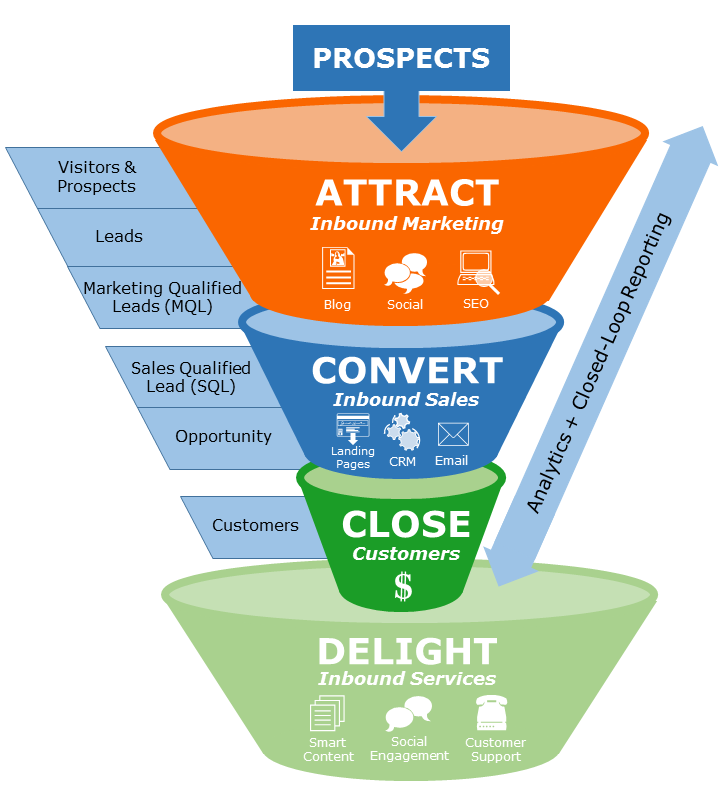
Source: Postcron
Inbound marketing methodology involves three major stages:
- Attract
- Engage
- Delight
Marketing experts have further simplified it with the Inbound marketing funnel. This funnel is divided into 4 stages in accordance with the buyer’s journey — Attract, Convert, Close, and Delight.
The modern approach to the Convert & Close stages generally revolves around creating workflows to provide resources & content and make personalized interactions with prospects.
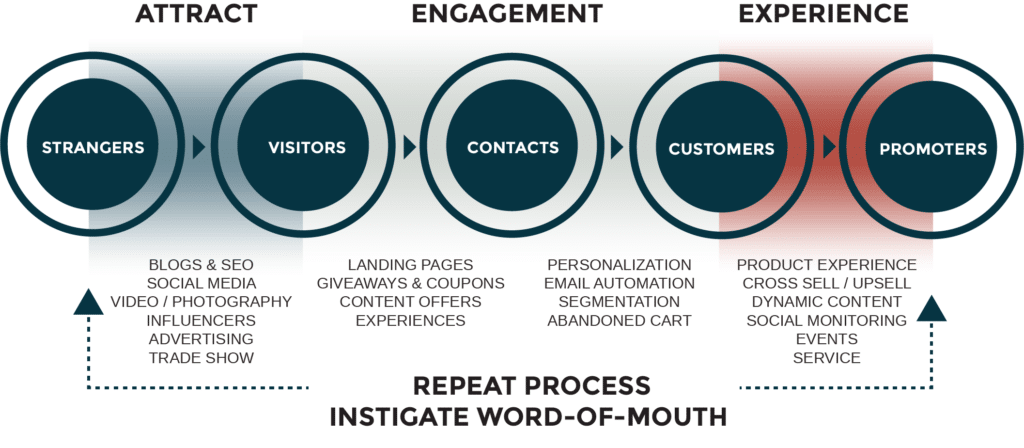
Source: GarrisonEverest
The ultimate goal of this engagement phase is to persuade prospects to consume content and get them aware of the availability of the solution with your brand.
Aside from all this, the inbound marketing funnel also involves making your customers loyal and turning them into brand advocates.
10 Inbound Marketing Metrics You Must Track
There are several metrics to consider when you want to improve the customer experience as a whole. However, there are a few key metrics that really would impact your inbound marketing strategy.
All the metrics mentioned below can be tracked on Google Analytics or HubSpot CRM.
Essential Inbound Marketing Metrics to Check Regularly
Organic Website Traffic
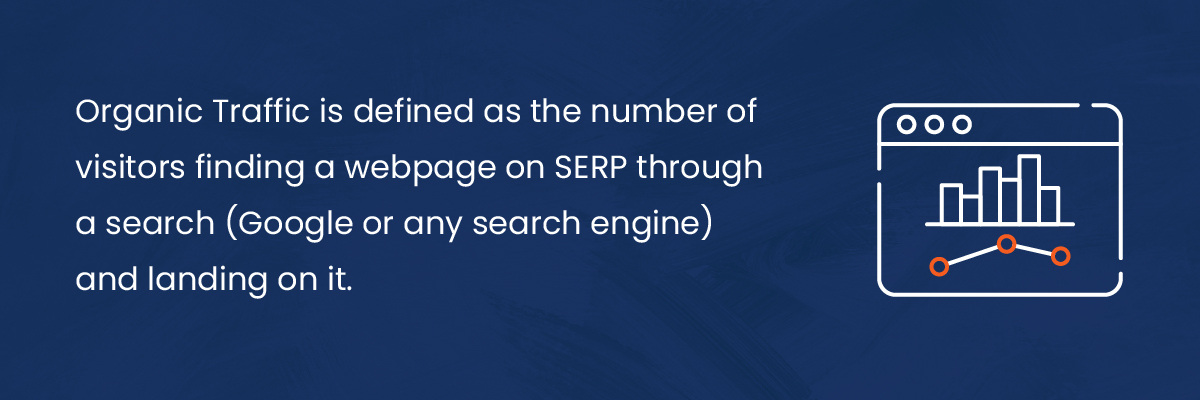
The organic traffic generated is one of the most discussed inbound marketing metrics. The groundwork done on the part of SEO & content majorly impacts your organic traffic.
If the organic traffic is satisfactory, then it certainly means that you’re attending to the search query & user intent in the right manner. It also indicates that your inbound strategy for content is aligned well with the targeted user’s journey and that you’re providing “ the right content at the right time”.
How to track: Go to Google Analytics. Under the Acquisition section, click All Traffic, then Channels.
What to do: If you have good organic traffic, then you must look for queries used by searchers to reach your site and the content they are consuming. That’s your targeted keyword, content, and audience.
Click-through Rate and Website Visits
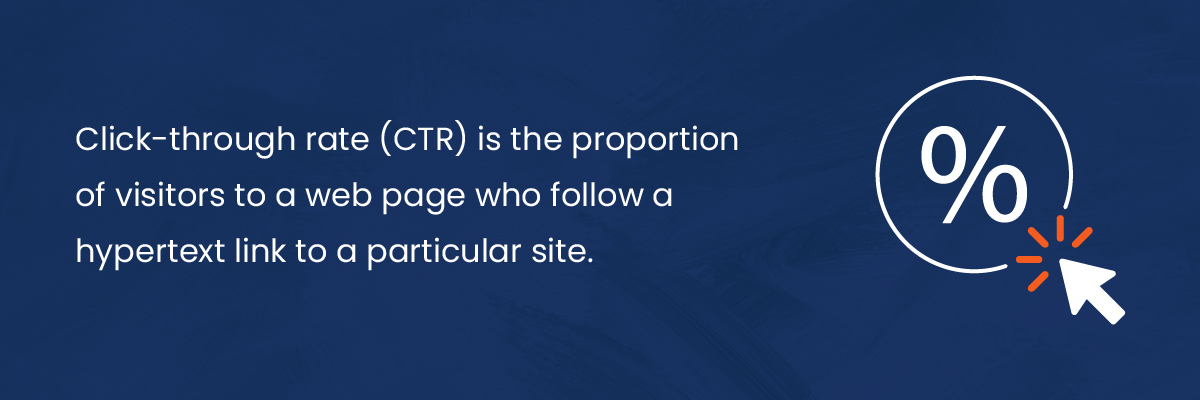
The average CTR from search is best estimated to be 6.64%. Based on the industry standard, you can try these best practices to see good numbers on these inbound marketing metrics.
- Good Titles that reflect your page content.
- Include the synopsis of what unique you offered in the description field.
- Number the solutions you offer in the title.
- Include Schema Markup.
Whether on a webpage or any other marketing channel, the users would click on the desired link only if they find your content relatable. Though, good CTR is a clear indicator that you’re creating the right content.
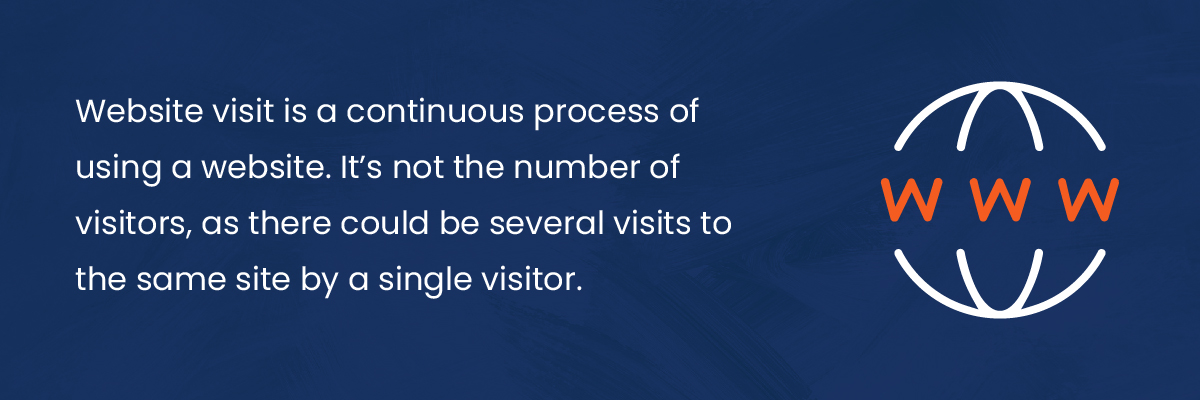
If the website CTR and website visits are making a healthy count and the conversion is not going well.
How to track: Google Analytics > Run reports and import the data. Then, navigate to the CTR tool sheet and choose the property from the dropdown.
What to do: You sure have to gain insights about what brought the visitors to your site. Look for search queries and review your content & site performance.
Landing Page Conversion Rate

A healthy average conversion rate of a landing page is 4.2%. However, it varies based on your industry standard.

Source: Unbounce
The conversion rate up to the industry standard will tell you if the visitors are taking the desired action. It is one of the key inbound marketing metrics.
How to track: Go to Google Analytics. Then, Conversions > Goals > Overview.
What to do: There is certain information that you can get, apart from monitoring the conversion rate. You can view
- Goal URL – The URL of the page where the user converted.
- Reverse Goal paths – The steps a user took before the conversion.
- Funnel Visualization – Data regarding Funnel set up of the goal (if you pre-set it).
Session of Targeted Landing Page

A session can include multiple page views, events, social interactions, and e-commerce transactions. To review the engagement of the users with your website or targeted landing page, you can resort to the page session metric.
How to track: Open your Google Analytics. Then, go to Open Reports, then Real-Time.
What to do: Compare it with page views per session. This will tell you that:
- CTAs are well-placed,
- Pages are linked well,
- The user feels guided and satisfied with the content, and
- The user feels ready to engage.
Keyword Ranking
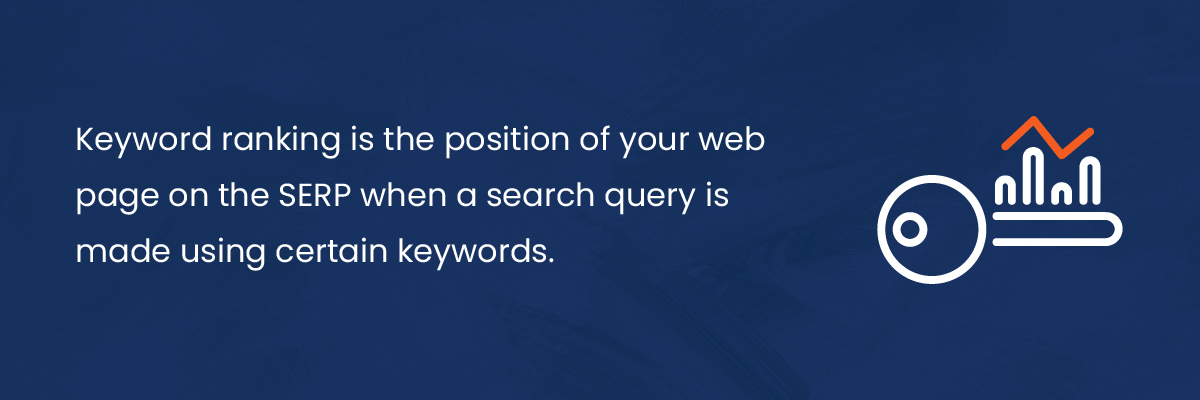
Although, it’s not easy to target an exact match keyword and just go rank your webpage for it.
You can track this inbound metric by finding the number of impressions a certain page got. After this, you can look for the search phrases used in the Google Search Console.
How to track: Open Google Analytics. Go to Select the website property tab and go to Search Console report under navigate to Acquisition > Search Console > Queries.
What to do: Try to rank for keywords that match the search intent to the content of your page. You would only rank your pages for the users to convert.
Advanced Metrics to Improve Your Inbound Marketing Strategy
Traffic Source

There are backlinks, social media, browser searches, and other distributing channels that contribute evenly.
Social Media engagement is one primary of the inbound marketing metrics that your strategy must be focused on, as this is the most time people invest in.
How to track: Lead Source is the channel through which a lead initially discovers your brand. This can be found in HubSpot CRM. Create a report in CRM by choosing Original Source as the contact property.
What to do: Segment lead by source would tell where your most traffic comes from. Create HubSpot Reports as mentioned above. With this, you can also review them for key practices on that page or post that led to this good traffic.

Not getting desired results with HubSpot CRM?
Get our free HubSpot audit guide to assess, optimize and maximize your HubSpot CRM performance.
Lead Maturity
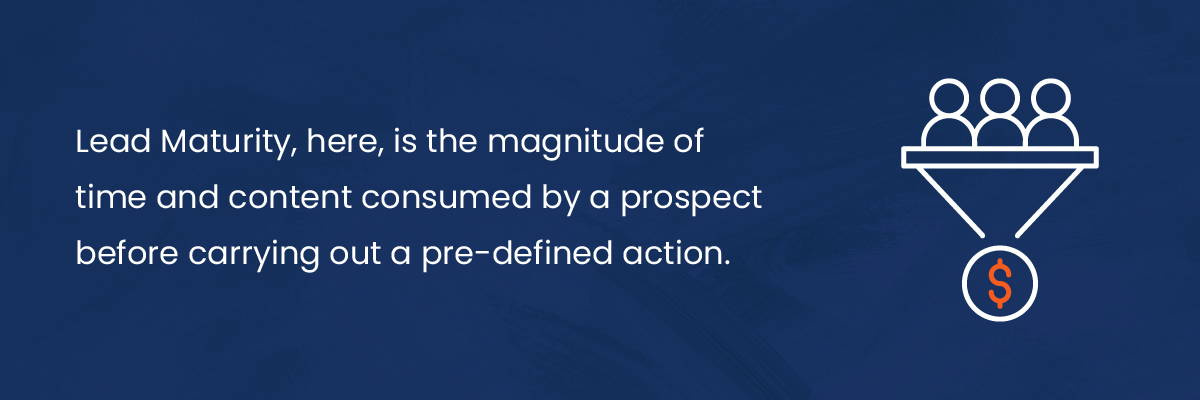
How long do they take to convert? What content do they consume before conversion? Answers to these questions will help you determine the do’s and don’ts of the interaction you make with them.
With the findings of these questions, implement a strategy for every buyer’s lifecycle stage to spread across all the communication channels — email, live chat, landing page, and social media.
How to track: In HubSpot CRM. Create a single object contact-based report by choosing Original Source and Close Date as the contact property.
What to do: Every user is different and may take longer or less time to convert. Come up with the right set of content that helps the user throughout the awareness, consideration, and decision-making stages.
Email Metrics
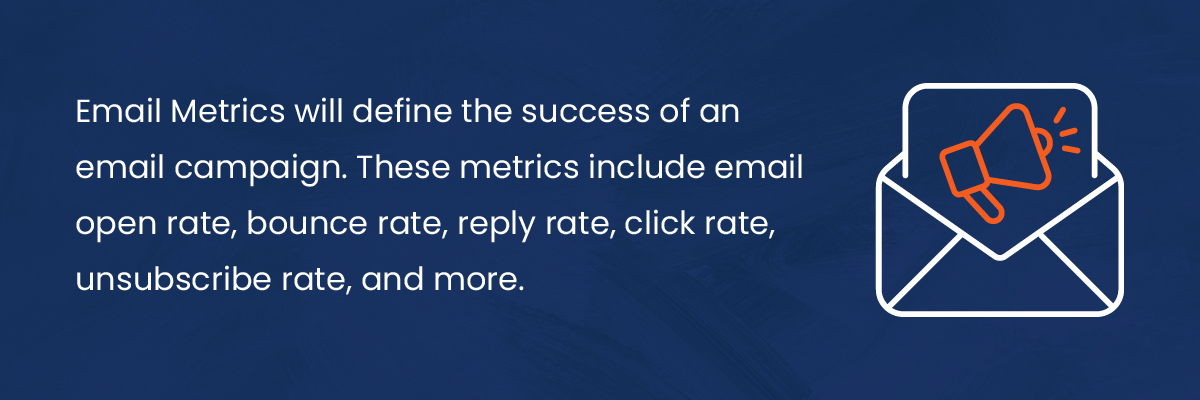
Email Metrics will define the success of an email campaign. These metrics include email open rate, bounce rate, reply rate, click rate, unsubscribe rate, and more.
Emails get you leads that might have taken months to mature without direct communication. Providing “the right content at the right time” gets easy with email marketing workflows.
How to track: You can track metrics like Email Open Rate & Email CTR from google analytics or HubSpot. Create contact-based reports with properties like email opened, replied, and clicked in HubSpot CRM.
What to do: You can follow the criteria you followed in the emails that were opened, clicked, and responded to, in your email templates.
CTA Click-Through Rate
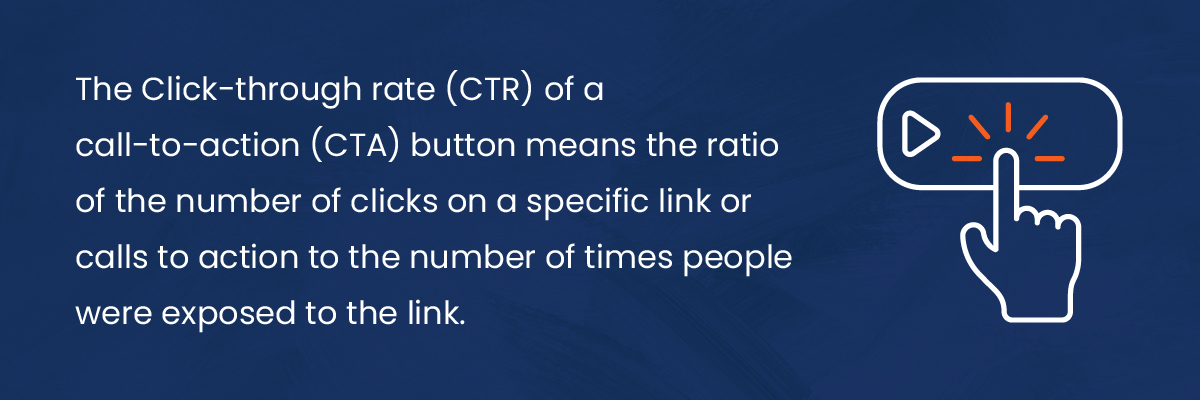
Visitors taking action by clicking a CTA gives you a first-hand verdict from the visitors that they find your content noteworthy and trust your brand.
How to track: You can again track the Traffic source in Google Analytics, under Behavior > Site Content. Select traffic source in filters.
What to do: A user’s clicking CTA is a clear indication that your ad placements or site ranking are targeted on the right keywords and receiving the right traffic.
Average Time On Page
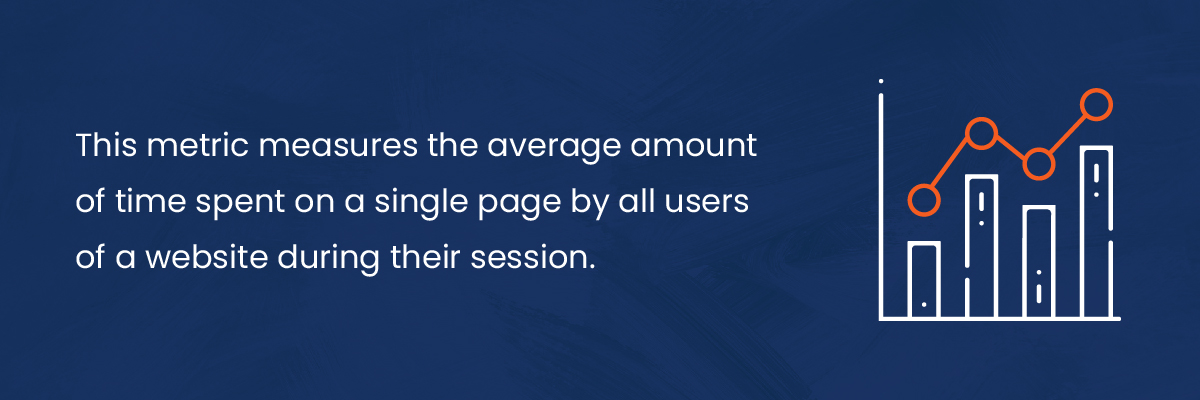
The amount of time spent on a single page by all users of a website during their session.
One of the most neglected Inbound Marketing metrics is the time a visitor spends on your site or a page.
In a higher number of instances, the visitors staying longer on your site page certainly means they’re interacting or engaging in the content.
How to track: Go to Google Analytics. Site Content > All Pages. You can see the Time Spent column on the right.
What to do: Time spent on a page is a major indicator that the user shows interest in your content. You can list out these types of contacts using HubSpot Workflows and shoot them some emails so that they move up the ladder.
Inbound Marketing Strategy to Improve Your Business’s Metrics
Here are some smart approaches when you bring Inbound Marketing into focus.
What you chiefly aim with your inbound strategy, is to bring clarity on ‘what has to be done’ and close the gap between business goals and targeted customers.
On-Page SEO
Forbes in its recent post summarized that SEO is a free tool to create credibility. Also in the marketing subject matter, SEO is claimed to increase the site’s domain authority.
So, both ways a good on-page SEO will make you authoritative, and eventually users will find you trustworthy as a source.
Moreover, aligning your SEO efforts with a proper inbound marketing strategy can do wonders.
Now that you know of the significant inbound marketing metrics to track. What you can do is — list out the content that counts for the most engagement and analyze the positives that led to such engagement.
Informative & Helpful Content
Content — Part of on-page SEO, the informative content will improve or sustain good ranks for the targeted page. Best practices for content that make your pages appear helpful
- Target keywords that resemble your intent of the page content.
- Include CTAs to guide the users well.
- Inter-link pages. Good for SEO and you guide your readers well on jargon and broader topics. Plus, you give you users a chance to explore more of what you’re offering.
- Visual Aid. Images, H1 & H2 tags, bullets, and numbering are proven ways to segment the content of the page. Additionally, image marketing is something of a greater SEO in itself. Including images is one of the key factors for good SEO and readability.
Updated Content & Up-to-date Pages
It’s not just limited to publishing dates, updating new changes in documentation, and including the new keywords.
The reader will determine that you are an industry expert and know the standards. You have to break the boundaries and explore more with topic research and thorough competitor analysis.
Updating content with new trends and ideas will only be plausible if you are good with the research part. Just focusing on helping your readers understand and resolve their queries will do.
Include FAQs, and infographics, follow content writing best practices, and make sure to update your pages once every month.
Local SEO
One of the major steps towards optimizing your local SEO presence easily is creating your Google Business Profile listing.
You’ll only need to provide a few details — business name, address, phone number, hours of operation, and summarize the offerings of your organization.
Using local keywords for the targeted segments of your business is one such inbound marketing tactic to improve your local SEO. Using local language is also a part of it.
Voice Search
27% of the global online population uses voice search on their mobile devices. Voice Search is taking a huge chunk out of the global total searches.
The year 2023 is said to bring the number of voice search assistants to 8 billion units. This is to attend to the demand of 1 Billion voice searches per month.
Optimizing your site for voice search will involve majorly the exact match key phrases. Getting on top with long-tail keywords has never been easy. Using a conversational tone throughout the content is one such practice to optimize for voice search.
Personalization
The chief objective of the inbound methodology is to reach to the targeted audience, connect better, provide relevance, and resolve the issue of the visitor.
There are certain ways to do it. But you can use HubSpot Workflows, to do most of it.
As we know, personalization is a proven tactic and an essential 2023 inbound marketing strategy. To step up your game, enhance your efforts in personalization by employing the following suggestions.
Enhance Your Inbound Marketing Strategy With These Apps
Follow are the unique and best inbound marketing tools that can come across. These will help you obtain and retain your customers. It’s time to get to know these.
Automated Coupons by MakeWebBetter
A recent post by CreditDonkey stated that 97% of shoppers use coupons. Also, purchasing behavior of about 38% of shoppers is influenced if they are given a coupon.
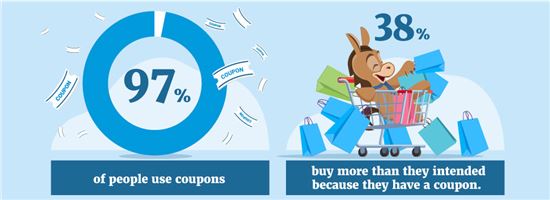
Source: CreditDonkey
So, bringing in coupon marketing will help you with your inbound marketing strategy. Moreover, persuade your prospects while they’re in the decision stage.
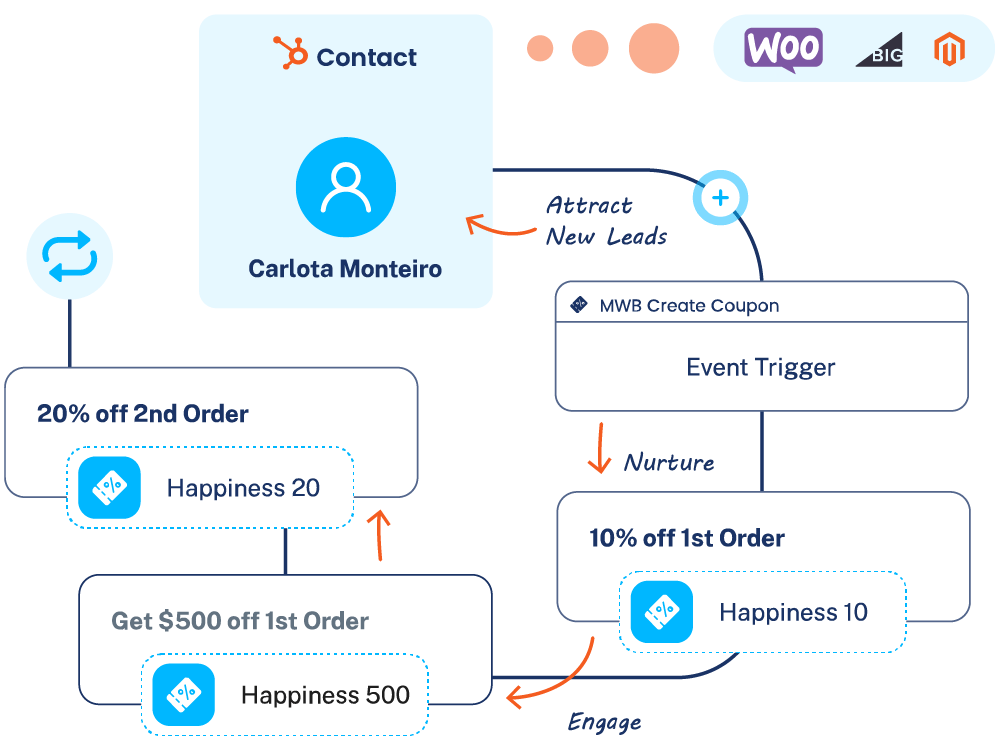
This is where Automated Coupons by MakeWebBetter will help you. This involves the usage of HubSpot CRM.
When the users give you their email addresses, that means they’re engaging with the content and ready for the consideration stage. You can choose triggers with contact properties as email subscribers when creating HubSpot workflows.
Here’s how to do it:
- Set up the coupon rule using the Automated Coupon app and define the key details that you wish to add.
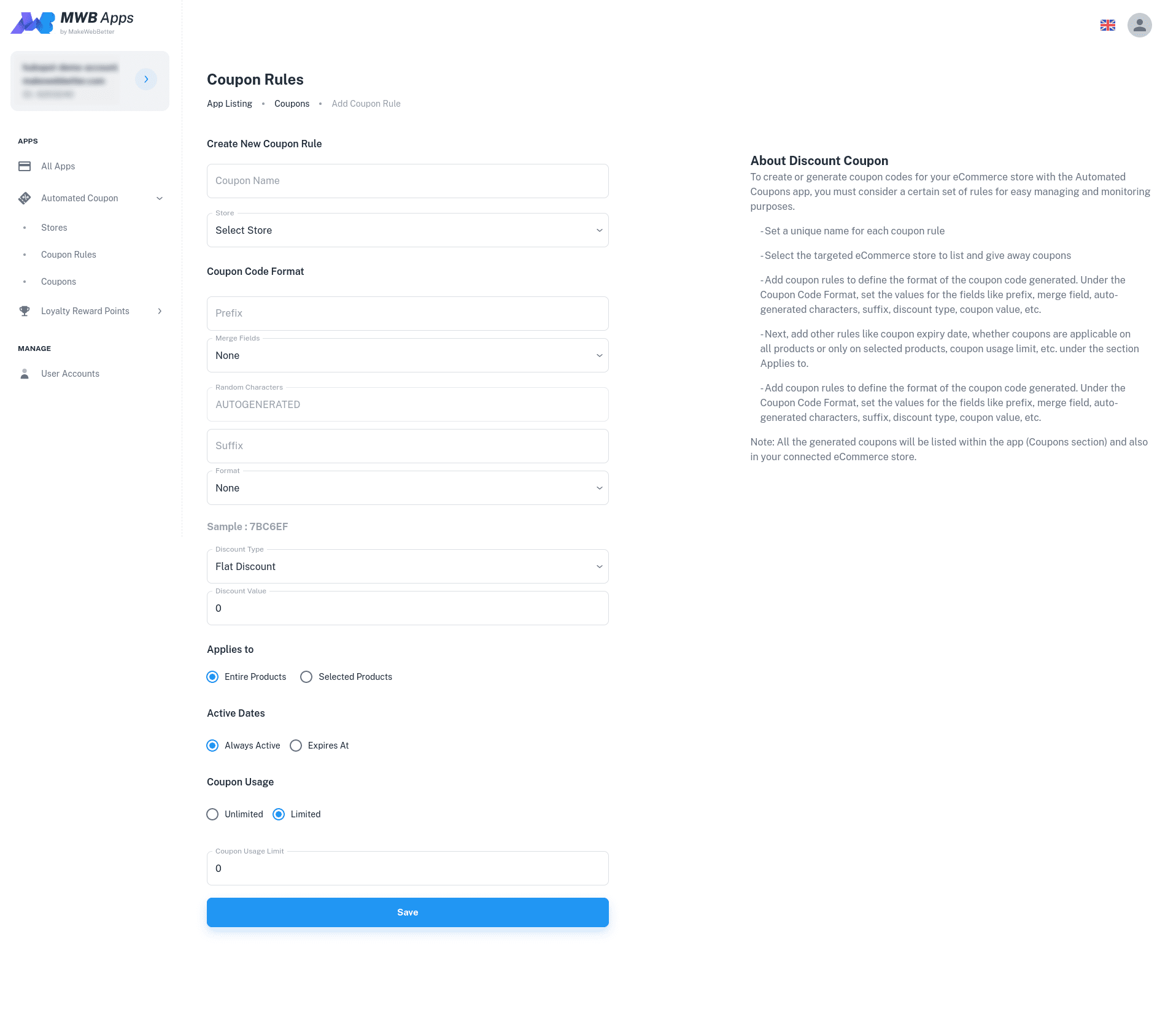
- After this, go to HubSpot CRM. Set up a workflow with the trigger as “First Name” under the contact name. Under the actions assign the “Automated Coupons by MWB” app.
- After this, hit Save and the coupon will be created for an automated workflow.
Lead generation and customer retention made easier! If you still find it difficult, then go through the documentation of Automated Coupons by MakeWebBetter.
Loyalty Reward Points
A loyalty reward points campaign can be an alpha move to get into the mind of your customer. It is one of the answers to what keeps a customer from continuing to shop at your store or use a service.
Loyalty Reward Points by MakeWebBetter is a powerful customer retention tool and is in the customer’s and seller’s best interests.

Here’s how it’s done.
- Start by setting up your store in Loyalty Reward Points app.
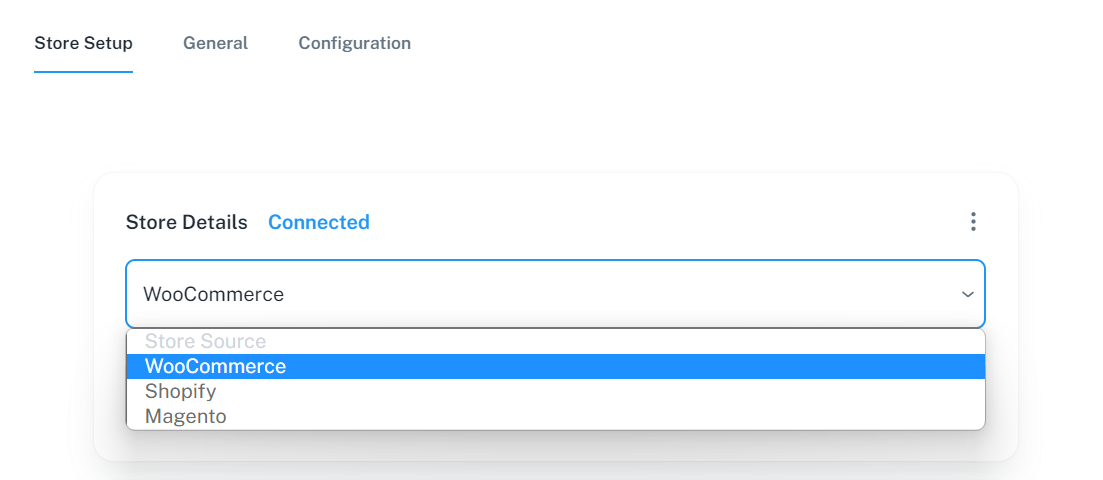
- Define the rules and rewards of the campaign in the app.
- And, you are all set.
To know all about the Automated Coupons app. Go to the following links.
| Contact Us | Documentation |
Inbound Marketing Services by MakeWebBetter
Bringing synergy between organizational monetary goals and a customer-first approach is what you wish to achieve with Inbound Marketing.
To help enhance the strategy for lead conversion, customer lifecycle, and automation strategies — MakeWebBetter offers inbound marketing services and comes forth to take it to the next level.
This will bring solutions for the user to better buyer persona development, email marketing, and other inbound marketing automation strategies. Other than this, best practices for CRM setup, reporting, chatbot strategy and so much more are also included in it.
In addition to this, we at MakeWebBetter offer you assistance with the following:
HubSpot Onboarding Service
It is all about obtaining technical and strategic knack for HubSpot services that are Sales Hub, Marketing Hub, Service Hub, and HubSpot CMS.
Especially HubSpot Marketing Hub! Working up the KPIs and other metrics based on your business type, the expert team for Marketing Hub Onboarding helps you achieve your marketing goals.
From growing traffic to engaging visitors, converting leads, and enhancing your reach through marketing best practices. This onboarding service helps you learn every essential that is to be part of your marketing plan.
Analysis & Consulting Services
The optimum utilization of HubSpot CRM will only be true when you know it all. With the HubSpot consulting service, you will know your way around inbound marketing analytics tools.
The technical guidance can help in the following ways:
- The smooth running of HubSpot software with troubleshooting solutions.
- Personalized experience when configuring HubSpot software, assisted by expert tips and tricks.
- Optimum utilization of integration.
- Business process development made easy.
Inbound Marketing Campaigns
Uplifting your site’s performance can be challenging, but with the right guidance, anything is possible. Invest some time with our team of professionals on HubSpot marketing.
There will be discussions, analysis, and help in creating campaigns and strategies. On the basis of your business model, you’ll be suggested the best-automated workflows and pipelines.
Tackling the confusion and making you comfortable with the functionality of the HubSpot marketing hub will be the most of the things done.
For more information, go through the following links.
| Schedule a Call | Resources | Contact Us |
Conclusion
Now that you know the above key metrics and how to employ them as the best inbound marketing tools. You will definitely hit your target!
With the correct inbound marketing approach, it’s easy to grow a well-informed audience. You can nurture this audience to make a purchasing decision or to refer the business through word of mouth.
Beginning something new will ensue challenges, but neglecting those will only result in a blunder.
Let’s gather the power of understanding and execute the plans flawlessly.








